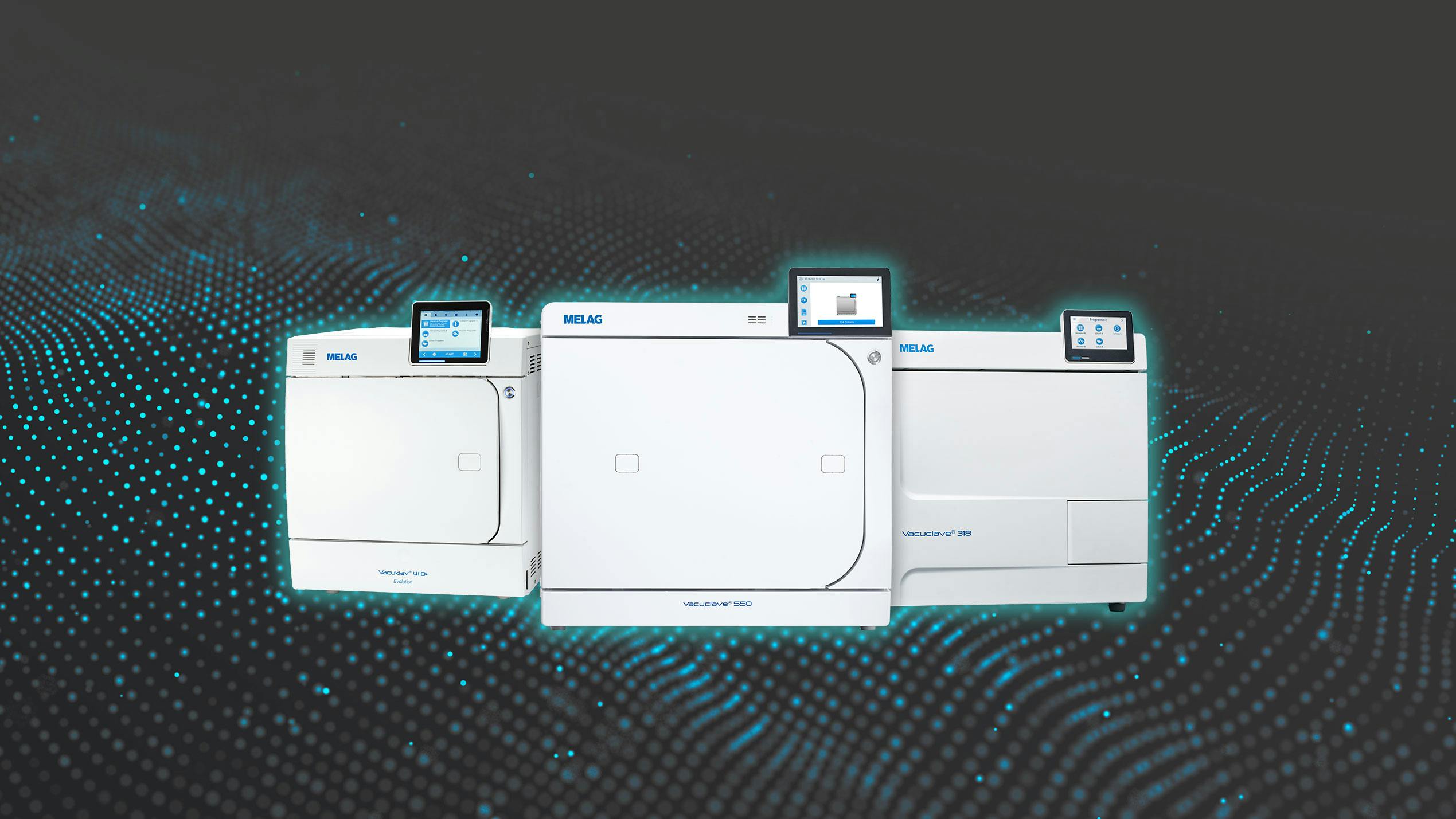Autoclave Product World 2026
Our Autoclave Line-Up.
For Your Sterilisation Process.
Sterilize instruments safely and efficiently? Then a steam sterilizer according to DIN EN 13060 is a must! In our autoclave product world you get all the information at a glance.
Unsure about your choice? You can find our autoclave product finder here!

